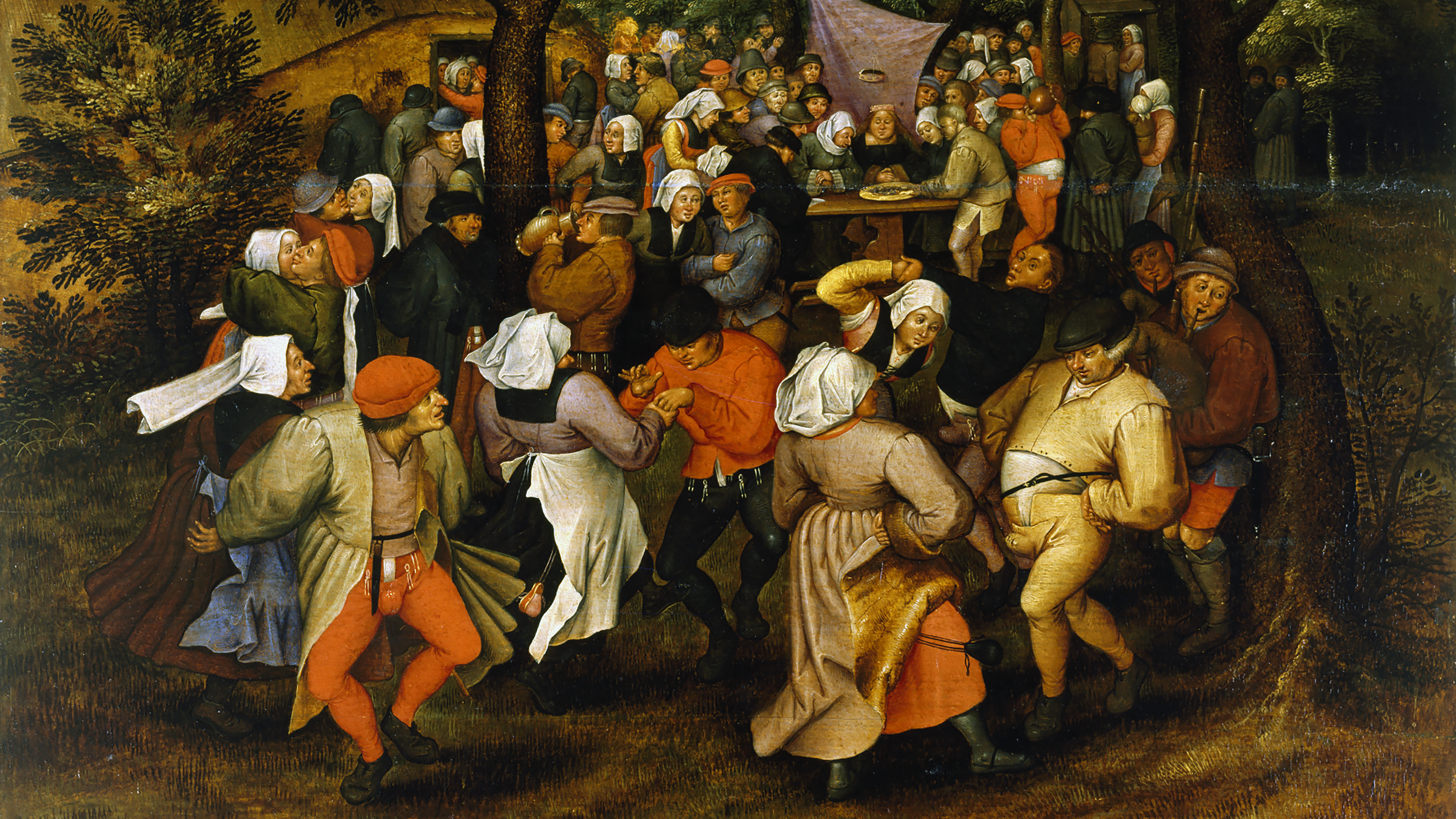Koro: A cultural “illness” in China caused men to believe their penis was disappearing

- In China, there have been repeated outbreaks of koro, where hundreds of men become convinced that their penises are shrinking into their scrotums, potentially resulting in death.
- Though koro is classified as a disease in Traditional Chinese Medicine, caused by spirits or sexual excess, it is actually a mass sociogenic illness that is spread by belief. People can become convinced they have it when they see others expressing symptoms.
- Koro outbreaks have grown rarer in the past few decades as China has grown increasingly urbanized and educated. The ultimate cure for koro is replacing superstition with evidence-based medicine.
Between November 1984 and May 1985, a strange “illness” spread in China’s Guangdong province. According to the Journal of Nervous and Mental Disease, the victims, who were primarily young men, became convinced that their penises were gradually sinking into their scrotums, potentially never to emerge again. The males’ understandable panic at the thought of losing their prized members was compounded by a belief that, should their phallus completely retract, they would drop dead. Thankfully, none ever succumbed to such a fate.
So what caused this curious episode? As it turns out, it was neither virus nor bacteria, but instead a powerful cultural pathogen: belief.
Mass sociogenic illness
The male residents of Guangdong province had “contracted” koro, defined as “an acute state of panic anxiety, in which the affected male believes or perceives that his penis is shrinking or retracting, and perhaps disappearing.” In rarer cases, the condition also affects females, convincing sufferers that their breasts and labia are shrinking.
Known as suo-yang in Chinese, koro was first described as early as 200 BC in the first textbook of Chinese medicine, the Yellow Emperor’s Classic Text of Internal Medicine. It was thought to be caused by imbalance in the life forces Yin and Yang, perhaps driven by “sexual excess,” and cured by procedures like acupuncture.
The aforementioned outbreak decades ago eventually afflicted more than 2,000 people. Locals avowed that the penis shrinkage was caused by a migrating fox spirit, jumping from village to village. Doctors Johan Mattelaer and Wolfgang Jilek with the European Association of Urology studied the event:
“As local informants told us, the traditional treatment of koro victims was that several helpers took turns in firmly holding on to the [penis] for hours, while others performed exorcism rituals, accompanied by spirit-chasing noise of fire crackers, gongs, and drums… The possessing fox spirit was supposed to be driven out of the victim by beating, but the victim had to suffer the blows and was finally relieved when the spirit was thought to be extracted by squeezing it out of the middle finger with chopsticks.”
In reality, koro is neither caused by spirits nor sexual excess nor cured with chopsticks. Penis shrinkage is regularly set off by cold temperatures (as we all learned from Seinfeld) or simple anxiety. Young Chinese men who strongly believe in the folklorish explanation for a retracting phallus can misinterpret this common physiological response as a koro attack.
“Koro in China is best described as a social sickness supported by cultural myths which tend to affect young people who are deprived of proper sex information to explain their physical development,” Dr. Sheung-Tak Cheng of the City University of Hong Kong wrote in 1997.
Thus, any outbreaks constitute cases of mass sociogenic illness, a rapid spread of symptoms among a cohesive group without any apparent physical cause. During the Middle Ages, a “dancing plague” — in which people literally danced to death — is believed to be another example of mass sociogenic illness. More recently, people all over the world believed they had Tourette’s syndrome after watching certain videos on TikTok.
In regard to the Guangdong episode, an international team of historians described in 2007:
“Outbreaks only began in towns where the fox spirit was cited, tending to spread to those who directly observed Koro attacks. This suggests that the observers were influenced to engage in a behavior they would not have otherwise, by virtue of seeing it expressed in others. This is a basic feature of mass sociogenic illness.”
A cure for koro
While koro outbreaks occurred sporadically before the Guangdong event, they have been nearly nonexistent since. For the most part, young Chinese, who are more susceptible to the psychogenic condition, have become far more educated in the past four decades, and tend to live in urban areas where folk beliefs are less prevalent. As it turns out, the ultimate cure for koro is replacing superstition with evidence-based medicine.





